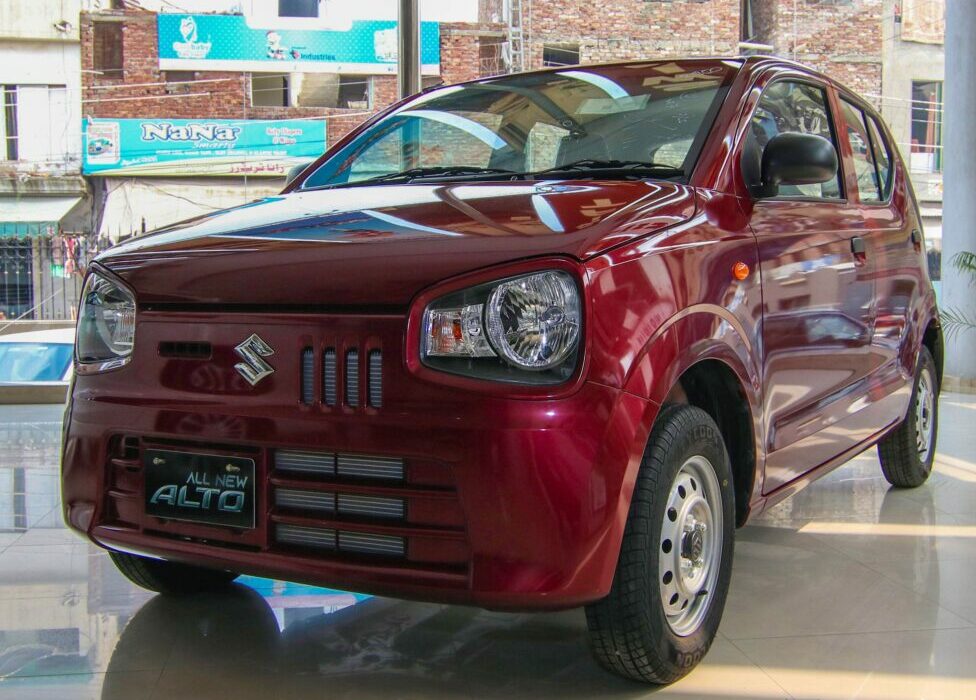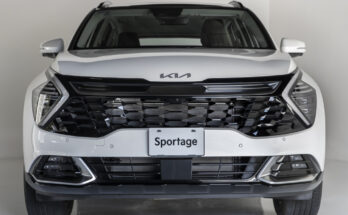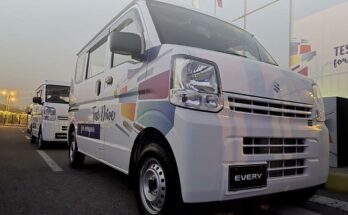In 2016, Pakistan developed its first dedicated automotive policy, which enabled a number of new companies to enter a market that had previously been dominated for a very long time by 3 Japanese players.
While it was indeed a welcome move, what followed was something that most people were not anticipating– a series of globally obsolete models. In 2019 Kia introduced the 2nd gen Picanto hatchback, two years after it was replaced by the 3rd gen model in international markets. Hyundai launched the globally obsolete Tucson and Elantra. Kia then launched another globally retired product– the 3rd gen Sorento a year after the 4th gen model debuted in global markets.
Related: Obsoletometer- Check Which Automaker Sells Most Number of Obsolete Cars
More obsolete cars came in the form of United Bravo, Alpha, and Prince Pearl hatchbacks. Honda, a mainstream player then introduced the globally retired 6th-gen City sedan, almost two and a half years are the debut of the latest 7th-gen City. Then there is a long list of vehicles that were timely introduced but were dragged for so long that they became outdated.
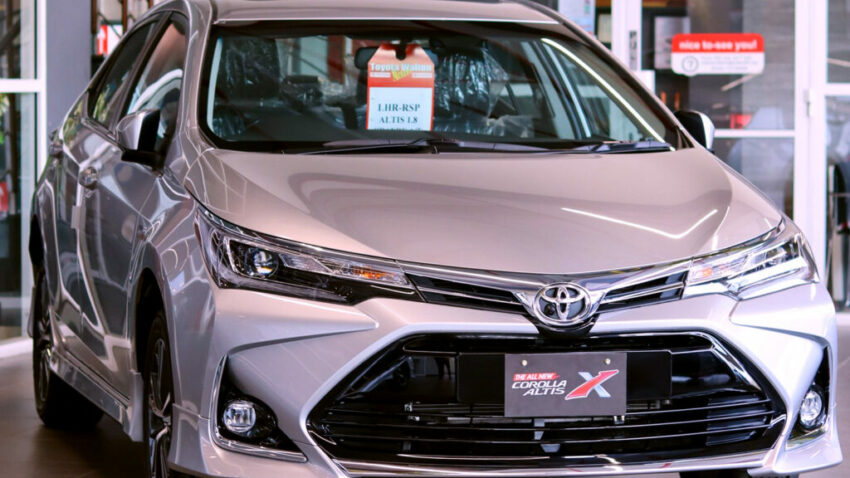
Toyota in Pakistan has been dragging the 11th-gen Corolla for almost a decade even though the 12th-gen model which made its world debut in November 2018 is now more than 5 years old and is nearing the end of its production run. Then there is the Kia Sportage, Honda BR-V, Toyota Yaris, Suzuki Cultus, Wagon R & Alto, Isuzu D-Max, and the notoriously obsolete Ravi & Bolan in the list of globally discontinued cars in Pakistan.
70% of “New Cars” Sold in Pakistan are Obsolete
In Pakistan, almost 70% of locally assembled automobiles are being advertised as “new” which are in fact obsolete and are being sold at exorbitant prices. But where else in the world could this possibly occur? perhaps nowhere. This clearly demonstrates the ineffectiveness of government rules and the inaction of the authorities, who have failed to develop any guidelines for automakers to adhere to for the good of the nation, its environment, its economy, and the safety & benefit of its citizens.
Absence of Regulations
Anywhere else in the world, an automaker has to get certain approvals from relevant government bodies in order to launch a specific vehicle in the market. These may include, emission compatibility, active & passive safety/ crash tests, and fuel consumption tests. Vehicles that fail to qualify are simply not permitted to be sold in that country. Plus these standards are periodically updated so automakers are forced to keep complying with government regulations in order to continue selling their vehicles in the country.
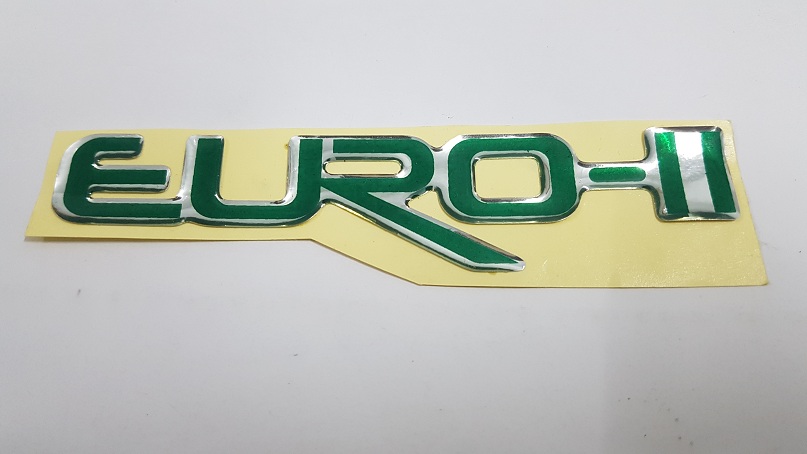
In Pakistan however, all they need is something that complies with Euro-2 emission standards (which already became obsolete 2 decades ago), and bingo! There are literally no requirements to meet any safety regulations, no fuel consumption tests, and no govt body to evaluate crash-worthiness either. Because of these massive loopholes, any automaker can introduce whatever they think can give them the maximum monetary benefit without any checks & balances whatsoever.
Related: Shortlisted WP29 Regulations Yet to be Implemented
There were a lot of hues and cries for the implementation of WP29 standards, but it’s been almost a year since the said deadline has passed but to date, there is no government intention to enforce these standards. Even today cars without a single airbag are being sold in the country, not to mention the cheapest stripped-to-the-core vehicle in Pakistan now costs PKR 2.0 million or more.
Even Rs 20 Million+ Vehicles Fall Short of Equipment
And it’s not just the case with the cheaper cars, even the super-expensive vehicles fall well short of equipment. For example, the Toyota Fortuner Legender in Pakistan costs PKR 201.29 lac ($71,430) and comes with only 3 airbags, compared to its equivalent in India which has 7 airbags and is priced at INR 46.54 lac ($56,120). This means the Fortuner Legender in Pakistan with 4 fewer airbags priced at over Rs 2 crore is actually a whopping $15,000 more expensive than the Indian Fortuner Legender that comes with 7 airbags.
The Minimum Requirements
In India, safety norms stipulate standard fitment of at least 6 airbags, ABS, seatbelt reminder, speed alert system, reverse parking sensor, and compliance with the latest crash tests in addition to vehicles to meet the stringent BS6 (Phase-2) and RDE (Real-Time Driving Emission) norms that require a vehicle to have an onboard self-diagnostic device to monitor the car’s emissions in real-time.
This is just one example, other markets including Thailand, Singapore, Indonesia, Malaysia, Vietnam, Australia, and South Africa as well as developed markets such as the UK, EU, USA, Japan, and China have their own set of standards that need to be strictly followed by the automakers should they intend to sell their cars in that country.
Is Pakistan a Small Market with Low Volumes?
In a span of more than 3 decades, the cumulative vehicle production (assembling) in Pakistan has never gone past 250,000 units. Assemblers & even government authorities often give the reason that Pakistan is a low-volume market (despite being the 5th most populous country in the world and having a very low vehicle ownership ratio which is a deplorable 168 out of 190). For the sake of comparison, Thailand has a population of just 69 million, which is almost three times less than Pakistan, but it rolls out 2 million units annually while exporting a handsome 1 million units and ranks in 11th place in terms of volume among vehicle manufacturing countries.
Related: Delivery Delays are Nothing Less Than a Blessing for Assemblers
However in reality assemblers always have up to 8 months of bookings in hand, sometimes even more but never operate at their actual designated capacity which helps them maintain the supply-demand gap. This then creates the room for generating a massive undocumented income in the shape of premium/ on-money for the sake of ‘quicker deliveries’.
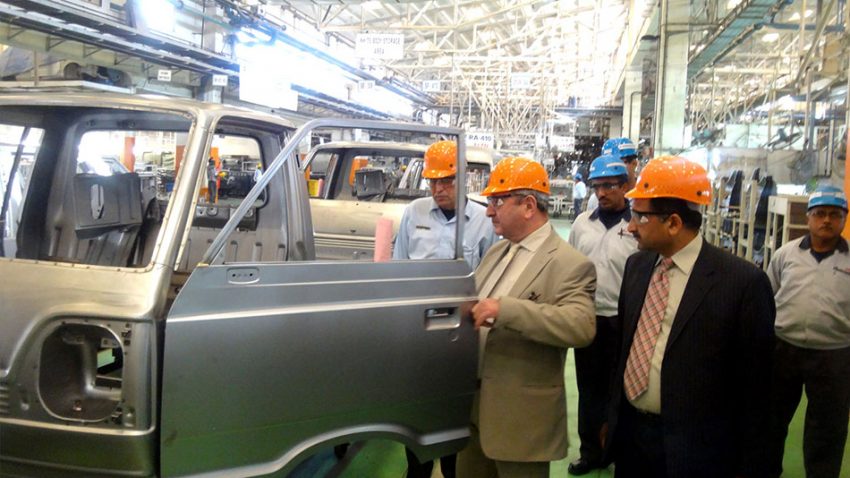
It remains true that for anyone to take the Pakistani market seriously, it’s the volumes that speak. Unfortunately, vehicle production has always been engineered to be low, which is why automakers are usually thrilled to introduce extremely expensive products that bring in large profits despite only selling a small number of units. This keeps the nation’s auto industry’s output low while enabling the automakers to make sizable profits that are distinct from those earned from premium/on-money.
Related: Policymakers’ Love With the On-Money Devil
A few years ago, a good chunk of buyers would opt used JDMs since no assembler was ready to provide them with smaller fuel-efficient cars. But that chapter was closed since assemblers were not happy with the used JDM cars around since the presence of decade-old models without any warranty or after-sales support was posing a ‘threat’ to the feature-ripped expensive new (obsolete) ones on sale in the market.
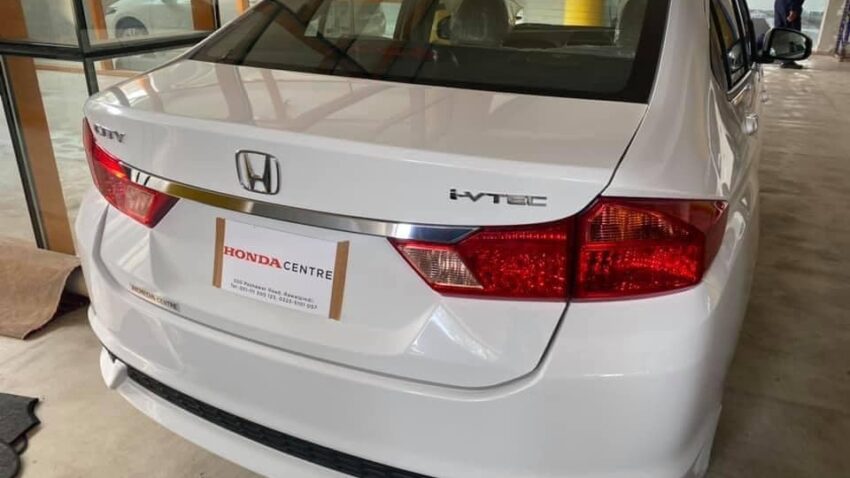
According to reports, such JDMs accounted for up to 30% of all new car sales in the country; therefore, if the assemblers had offered such vehicles, the sales volume would have easily topped 330,000 units annually by now.
Pakistan is Easily a 500,000+ Vehicles a Year Market
Pak Suzuki’s production capacity is 150,000 units a year. Indus Motor Company (Toyota) has the capacity to produce around 80,000 vehicles a year, while Honda Atlas has a production capacity of 50,000 units per year. These three players have a total manufacturing capacity of 280,000 units, which is far higher than the annual production levels attained while having several months’ worth of backlog in hand.
Related: Has Pakistan’s Auto Policy Benefited the Masses?
Adding numbers from other players including Master Changan (50,000 units a year), Kia Lucky (50,000 units a year), Hyundai Nishat (15,000 units a year), Sazgar Haval/ BAIC (20,000 units), Regal Automobiles Prince/ DFSK (37,000 units), United cars (20,000 units), Proton Pakistan (25,000 units), Chery Pakistan (16,000 units), and adding other players including Peugeot, Isuzu, etc easily takes the tally to around 533,000 units a year. All that is needed is efficient capacity utilization and some strict check & balance from the government’s end to ensure optimum & timely deliveries of vehicles to the customers while eliminating the middlemen/ dealerships charging “extra” for instant deliveries.
Simple & Effective Ways to Eliminate On-Money/ Premium
Besides ensuring 100% capacity utilization, there are many ways to bring the menace of on-money to an end. As they say, where there is a will there is a way. For example:
- Govt should ask FBR to scrutinize the sales data of every assembler and identify the duplicate CNICs in a 6 month period, to begin with.
- Making sure the vehicle must be registered in the name of the person who booked it, by prohibiting to transfer of the vehicle before registration.
- Limit the span of new car bookings against a single CNIC, one person booking a new vehicle will not be able to use the same CNIC to book another vehicle for at least 4 months.
- The maximum number of new cars in a year per CNIC can be restricted to 2.
- In Japan, owners (of new Land Cruiser J300) must sign an agreement to not resell the vehicle for at least 12 months after taking delivery, but if they do, they won’t be allowed to buy another Toyota. How simple is that!
Local Assemblers Keeping Rs189 Billion as Advance Payments
Last year, the Public Accounts Committee (PAC) revealed that Rs. 189 billion were deposited by customers as advance payments to 10 car companies. The breakdown of this was:
- Indus Motors Company (Toyota) – Rs 99.2 billion
- Pak Suzuki Motors Company Ltd – Rs 35.4 billion
- Honda Atlas Cars – Rs 21.8 billion
- Master Changan Motors – Rs 11 billion
- Kia Lucky Motors – Rs 10.6 billion
- Hyundai Nishat Motors – Rs 6.9 billion
- Al-Haj Automotive (Proton) – Rs 1.7 billion
- Gandhara Nissan Limited (GNL/ Chery) – Rs 1.6 billion
- Sazgar Engineering Works Limited (Haval/ BAIC) – Rs 0.7 billion
- Regal Automobiles (DFSK/ Prince) – Rs 0.3 billion
The aforementioned is a prime illustration of how the auto industry shouldn’t operate. No government entity is there to inquire as to why companies are unable to deliver the units despite having sufficient production capability. In addition, companies are allowed to earn significant interest on the billions of consumer money they continue to hold in their bank accounts.
Can’t Even Avail the Export Route?
Why not pursue exports if, assumed, there is little demand in the local market and assemblers have vast amounts of idle capacity at their disposal? Why not leverage the industrial capacity that is sitting idle and begin exporting to other markets, which will bring the nation’s much-needed foreign income? Ironically, the kinds of cars Pakistan is producing are so out-of-date that they cannot be shipped anywhere else in the world. When it comes to automobiles, even small African nations are miles ahead of Pakistan.
So Why Does Pakistan Usually Get Globally Retired Cars?
Now coming back to the original question, why does Pakistan get globally retired cars? The answer is simple– a lack of government regulations or perhaps a lack of understanding of the sector as a whole! As the Economic Advisory Group (EAG) puts it, Pakistan’s auto policy is a repetition of the mistakes committed for over 40 years in the automobile industry. The inflow of FDI (foreign direct investment) has been limited compared to profits earned and repatriated out of the country.
Related: Economic Advisory Group Says Auto Policy is Damaging for Consumers
Constant government protection hinders industries’ ability to become efficient and results in consumer and welfare losses due to increased pricing. As lobbies have worked hard to guarantee that it is never removed so that industries remain infants forever, protection for any length of time has really proven to be lethal. The domestic market remains too insufficient for the auto sector to expand because demand is being constrained by protectionist policies.

Localization has not been a priority, and local part manufacturers have never had the true resources or opportunities to produce necessary components locally. Although assemblers claim to have achieved 70% localization, still the prices of cars remain 100% vulnerable to forex rates. This is because the decrease in the tariffs on CKDs makes it easier for companies to import parts into the country before assembling them. In reality, this discourages domestic auto-part makers because imported items are being subsidized against domestic production.
Related: Non-Production Days and Insufficient Localization
Pakistan’s auto industry will only thrive if policies are designed to assist the industry rather than those in power. Achieving genuine and optimal localization, effective plant capacity utilization, and on-time delivery will produce volumes that will help the local car sector attain respectable numbers. Since the industry has been in its infancy for more than 35 years, it appears that it will continue to be so for some time to come, depending entirely on imports while often needing government assistance in the form of incentives.

A computer animation professional with over 23 years of industry experience having served in leading organizations, TV channels & production facilities in Pakistan. An avid car enthusiast and petrolhead with an affection to deliver quality content to help shape opinions. Formerly written for PakWheels as well as major publications including Dawn. Founder of CarSpiritPK.com

